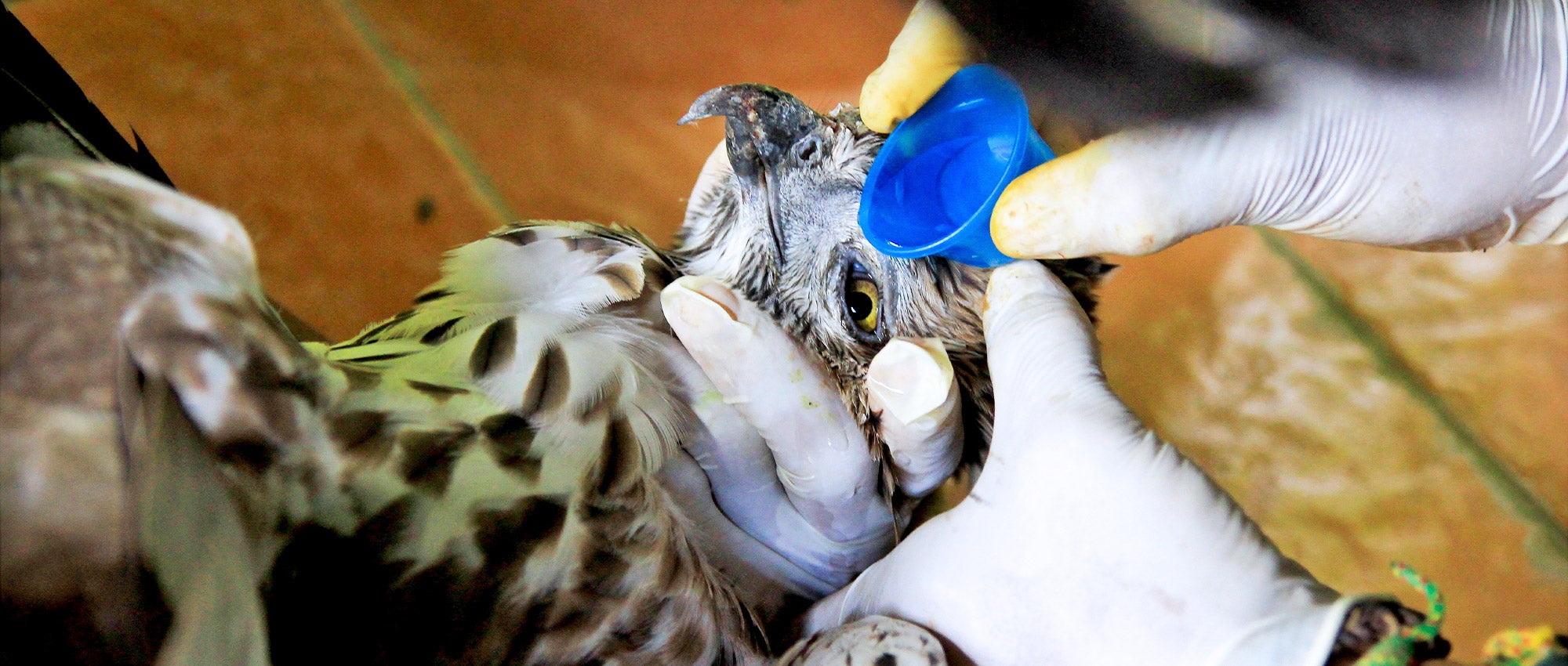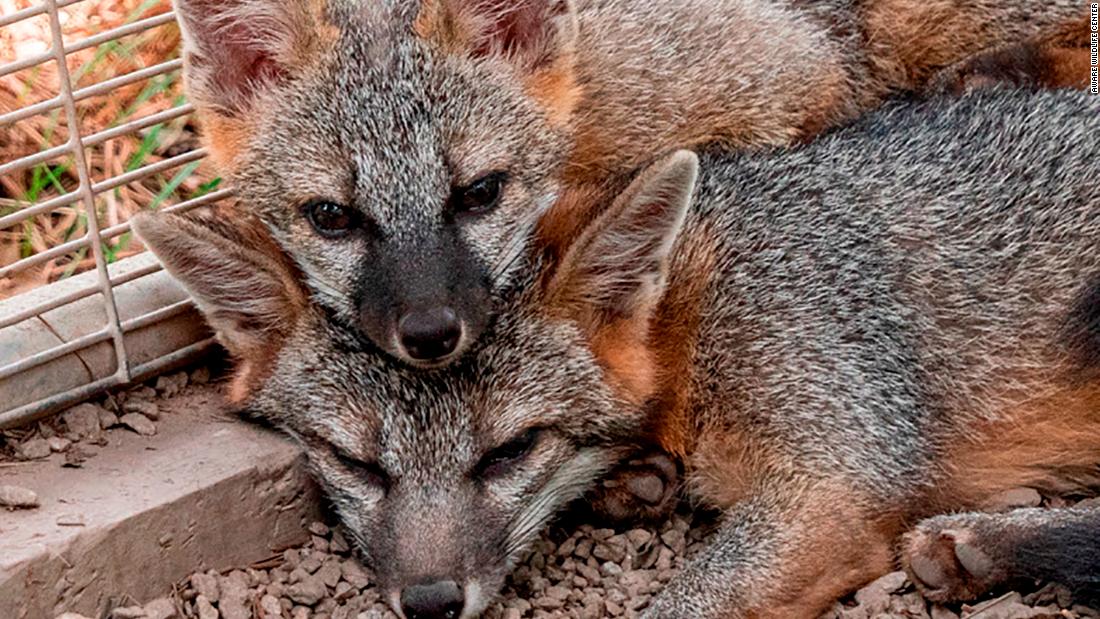Effective Strategies for Animal Control Burlington: Keeping Your Residential Or Commercial Property Safe
Effective Strategies for Animal Control Burlington: Keeping Your Residential Or Commercial Property Safe
Blog Article
Reliable Wild Animals Removal Strategies for a Peaceful Home Setting
In the search of preserving a serene space, homeowners typically encounter the challenge of wildlife intrusions, which can interfere with the tranquility of their setting. Executing effective wildlife removal strategies calls for a nuanced understanding of both humane exemption methods and preventative measures. By dealing with entry factors and lowering attractants, one can significantly reduce the probability of unwelcome guests. However, the intricacy of these methods frequently demands a better assessment of specific methods and the potential need for expert intervention. What are the vital parts of these methods, and when should one consider seeking professional aid?
Identifying Common Wild Animals Intruders
Identifying common wildlife intruders is a crucial very first step in efficient wildlife management. Understanding the certain varieties that frequently penetrate domestic and industrial spaces makes it possible for homeowner and wildlife experts to apply targeted approaches for mitigating possible damages and wellness dangers. Common burglars usually consist of raccoons, squirrels, bats, and numerous species of birds and rodents, each bringing one-of-a-kind obstacles.
Raccoons, as an example, are understood for their dexterity and can trigger considerable structural damage while looking for food or sanctuary. Squirrels, with their tendency for gnawing, can harm electrical circuitry, positioning fire dangers. Bats, while beneficial for regulating insect populaces, can end up being a nuisance when they roost in attic rooms, possibly spreading diseases such as histoplasmosis. Birds, including pigeons and sparrows, usually produce unsanitary conditions with their droppings, bring about architectural destruction and health issues. Rodents, such as rats and mice, are notorious for their fast recreation and capability to infiltrate small openings, presenting severe wellness dangers because of their ability to spread conditions.
Humane Exemption Methods
Understanding the typical wildlife trespassers is the structure upon which efficient exclusion strategies are built. Recognizing types such as raccoons, squirrels, and birds aids in developing humane exclusion strategies tailored to certain behaviors and entrance methods. Exclusion is a preventative technique focused on denying wild animals accessibility to properties and homes, therefore minimizing the demand for more invasive actions.
The keystone of humane exemption entails sealing possible entrance points. This includes repairing holes in walls, foundations, and roofs, along with mounting smokeshaft caps and air vent covers. For smaller sized invaders like bats and mice, making use of products such as steel wool and caulk to secure voids is essential. Furthermore, guaranteeing that home windows and doors are safe, and that screens are intact, can additionally hinder entrance.
Installing ultrasonic devices or motion-activated lights can prevent nighttime wildlife. These exclusion methods not only protect the home setting but additionally appreciate the wild animals, allowing them to prosper in their all-natural habitats without injury.
Safe Trapping Techniques
When exemption techniques want, risk-free trapping methods end up being a required recourse in wildlife administration. Capturing, when executed correctly, offers a humane and efficient ways of dealing with a prompt wildlife problem while making certain very little tension and harm to the pet. This technique needs an understanding of both the habits of the target types and the honest factors to consider associated with wild animals handling.
These catches have to be checked regularly to protect against excessive stress or injury to the caught wildlife. It is critical to adhere to local laws pertaining to trapping and relocation to make certain compliance with lawful criteria and wildlife conservation concepts.
In addition, lure choice and positioning are important components in making certain effective trapping. Lure should be picked based on the nutritional preferences of the target species and purposefully put to entice the pet into the catch. Once trapped, the animal should be handled with treatment, using protective equipment if required, to help with safe transport and launch, thereby preserving a serene home and a well balanced environment setting.
Precautionary Home Adjustments
While secure trapping approaches deal with immediate wild animals problems, long-term services often require preventative home adjustments to prevent pets from entering human rooms. Carrying out these alterations not just boosts the safety and convenience of your living atmosphere however also reduces the chance of future wild animals breaches.
An essential element of preventative techniques is sealing possible entry points. This includes examining and repairing any spaces or splits in the structure, walls, and roofing, as these can end up being accessibility routes for wild animals. Setting up smokeshaft caps and repairing broken vents can protect against birds, bats, and rodents from obtaining access. Likewise, securing windows and doors with weather condition stripping and fit together screens adds an added layer of security.
Landscaping adjustments can also serve as reliable deterrents. Trimming tree branches that overhang the roof covering and eliminating particles stacks can remove routes and habitats that draw in wildlife. Preserving a tidy yard by safeguarding garbage can and compost heap inhibits scavengers such as raccoons and marsupials.

When to Call Professionals,##.
Professional go to this website treatment comes to be essential in situations where wildlife concerns surpass the range of DIY solutions. House owners might encounter situations where the complexity or threat of the wild animals problem demands expert experience. As an example, taking care of hostile pets such as serpents, bats, or raccoons typically calls for specialized skills and equipment to guarantee security and efficiency. Trying to handle these creatures without correct expertise can cause injury or intensify the issue.
Moreover, problems involving protected or endangered varieties need a nuanced approach to adhere to legal laws. Specialists are outfitted with the essential permits and comprehend the legal frameworks regulating the handling of such types. This makes sure that elimination is carried out fairly and within lawful limits.

Finally, when wild animals poses a relentless issue despite duplicated do it yourself initiatives, specialist solutions can offer extensive evaluation and lasting solutions tailored to avoid reappearance - burlington wildlife rescue. Their competence not only settles the instant issue but also safeguards the home setting in the future
Verdict
Executing efficient wild animals elimination techniques is vital for keeping a peaceful home environment. Identifying common wildlife intruders and utilizing humane exclusion techniques are foundational actions. Safe capturing approaches make certain the humane capture of relentless animals, while preventative home modifications, such as securing entry points and safeguarding garbage can, decrease future invasions. Consulting professionals see is recommended for complex situations that require proficiency. Together, these approaches produce a harmonious living area totally free from wildlife disruptions.

These exclusion techniques not just shield the home environment however additionally value the wildlife, allowing them to grow in their all-natural environments without harm.
Executing efficient wild animals elimination approaches is essential for maintaining a tranquil home atmosphere.
Report this page